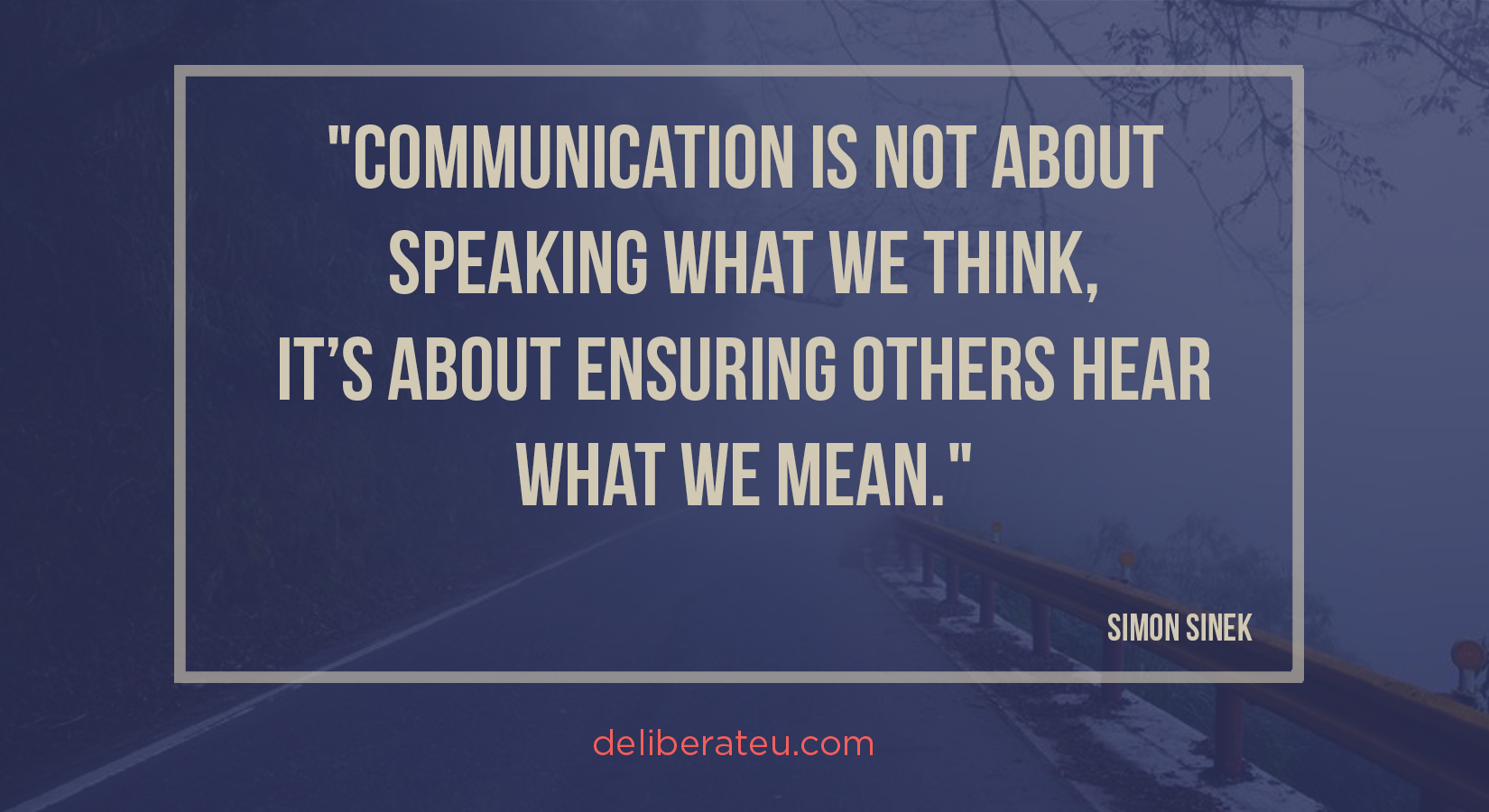The following blog is written by Darren Bosch.
How effective are you at attracting top talent? How effective are you at retaining talent?
We have much to learn from Adrian Gostick, a best-selling author who focuses on culture and employee engagement. And now, in particular, the topic of business today: the “Great Resignation.”

It has been affirmed again and again that when an employee leaves, the reason they often give is they were offered more money or a great opportunity. Yet research shows that the real reason a person leaves involves their relationship with their direct supervisor - and the lack of clarity at their workplace. People don’t leave a job, they leave their boss. This means that supervisors and managers are in a unique position to impact your retention rate.
So, are you up for a quick challenge? Take this short Employee Engagement Assessment we’ve developed. Consider it a gift.

One of the greatest “retention tools” a manager has is the ability to grow people. To develop their character, capacity, competence, and clarity. They are the closest to employees and therefore know their potential. And by emphasizing development, supervisors can go a long way toward improving their relationships with employees.
WHAT’S IN THE WAY?
So before we unpack some solutions, let’s look at what’s getting in the way
- Poorly Defined Expectations: It’s clear to you, but not to them. They don’t know what the road map looks like.
- Lacking Consistency: It’s not baked in regularly. We often say, “well I told them that already!”
- Lacking Practical Action: The recipe for execution is easy, simple, and broken down into small chunks.
- Poorly Supported: Your role as the leader is to constantly support the system and person…and always stay in the conversation with clear communication.

SOLUTIONS TO HELP YOU GET STARTED
Here are some tips for moving toward a development mindset:
- Create more opportunities to grow your people.
Gostick’s research showed that people want more frequent feedback on advancing their careers. They want to learn ways to be better in their role and develop new skills.
He used the analogy of going up a climbing wall. Think of each step as a skill needed, each skill builds on another. This is much like the military, with levels through which individuals can advance. You might create something similar for each position. Pay bumps could take place as the person shows increased skills.
Take a look at your Employee Engagement results. Providing development opportunities is an area many of us can improve on. Few people quit a job if the pay is fair and if they have opportunities for growth and one-on-one coaching by a caring leader.
- Help staff see where they’re going and how.
Coaching is a significant part of being a leader. This does not mean coaching employees only on their current performance. It means discussing with them additional skills they may want to attain - and where they want to have an impact. While most of an employee’s time is based on performing in their current role, make sure some time is set aside for them to enhance or learn new skills
- Help employees assess their motivators.
A Gallup poll of Millennials and Gen Z found that 87 percent “highly value” growth and development opportunities. Sadly, just 29 percent felt that they had learned something new on the job in the past month. Discuss with each person what motivates them in their job. Encourage them to pursue development in these areas.
- Individualize development to the person.
We have created a foundational Role checklist to help facilitate development conversations. Take time to create the list of skills employees need for their current role, as well as the skills that will help them in future roles. Ask the question: “What do you want to be better at?”
We have the opportunity and the responsibility to maximize our own potential and the potential of those we lead. This is one of the most rewarding parts of being a leader. It feels good to watch people become all they can be. And it creates a culture that attracts good people and makes them want to stay.
Oh, and in case you missed it. Do yourself a favour…take this short Employee Engagement Assessment. It will uncover some opportunities to easily close the gap!

